Dealing with car repairs after a collision can be incredibly inconvenient, disrupting your daily life and causing unwanted stress. If you’re relying on public transport or rideshares while your vehicle is in the shop, you’re likely wondering, “How Long Does It Take To Fix A Car?”. The repair timeline can vary significantly based on the extent of damage, the type of vehicle, insurance processes, and other factors.
At cars.edu.vn, we understand the frustration and uncertainty that comes with auto body repairs. With our expertise in the automotive field, we’ve created this comprehensive guide to provide you with a clear understanding of car repair durations. Our goal is to equip you with realistic expectations, helping to make the repair process as smooth and stress-free as possible.
In this article, we will delve into the typical car repair times, explore the different stages involved in collision repairs, and discuss the key elements that influence how long it takes to get your car back on the road.
Decoding Average Car Repair Times
When asking “how long does it take to fix a car?”, it’s important to recognize that there’s no one-size-fits-all answer. The average car repair time can range from just a few hours for minor fixes to several weeks or even longer for extensive damage.
To give you a clearer picture, we’ve compiled a table outlining average repair times for various types of collision damage:
| Type of Collision Repair | Average Time to Fix |
|---|---|
| Minor Collision Repair | 1-3 days |
| Major Collision Repair | 1 to 3 weeks |
| Paintless Dent Repair (PDR) | 1-2 days |
| Bumper Repair/Replacement | 1-3 days |
| Fender Repair/Replacement | 1-4 days |
| Door Repair/Replacement | 2-4 days |
| Glass Replacement | 1-2 days |
| Suspension Repair | 2-3 days |
| Frame Straightening | 4 days – 2 weeks |
| Minor Paint Repair | 2-4 days |
| Major Paint Repair | 1-2 weeks |
| Airbag Replacement | 2-5 days |
| Engine Repair/Replacement | 1-4 weeks |
| Full Vehicle Restoration | 4-8 weeks or longer |


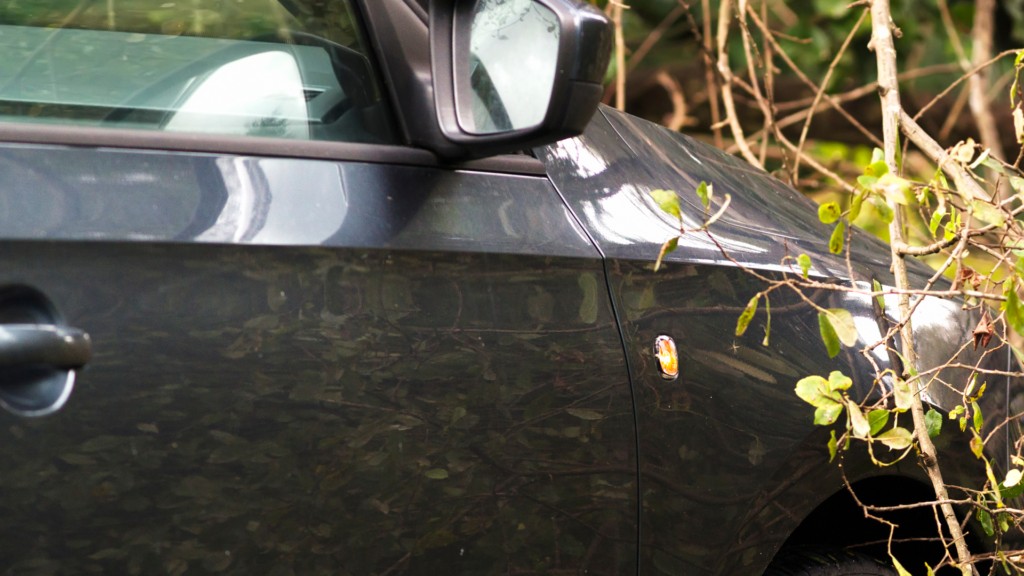
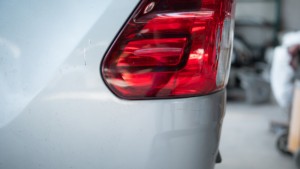

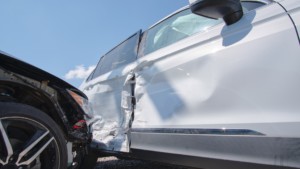
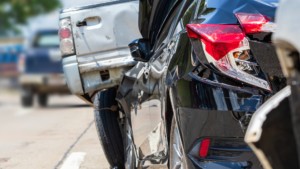
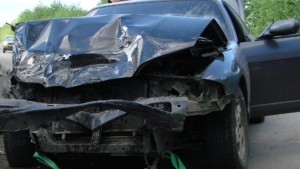


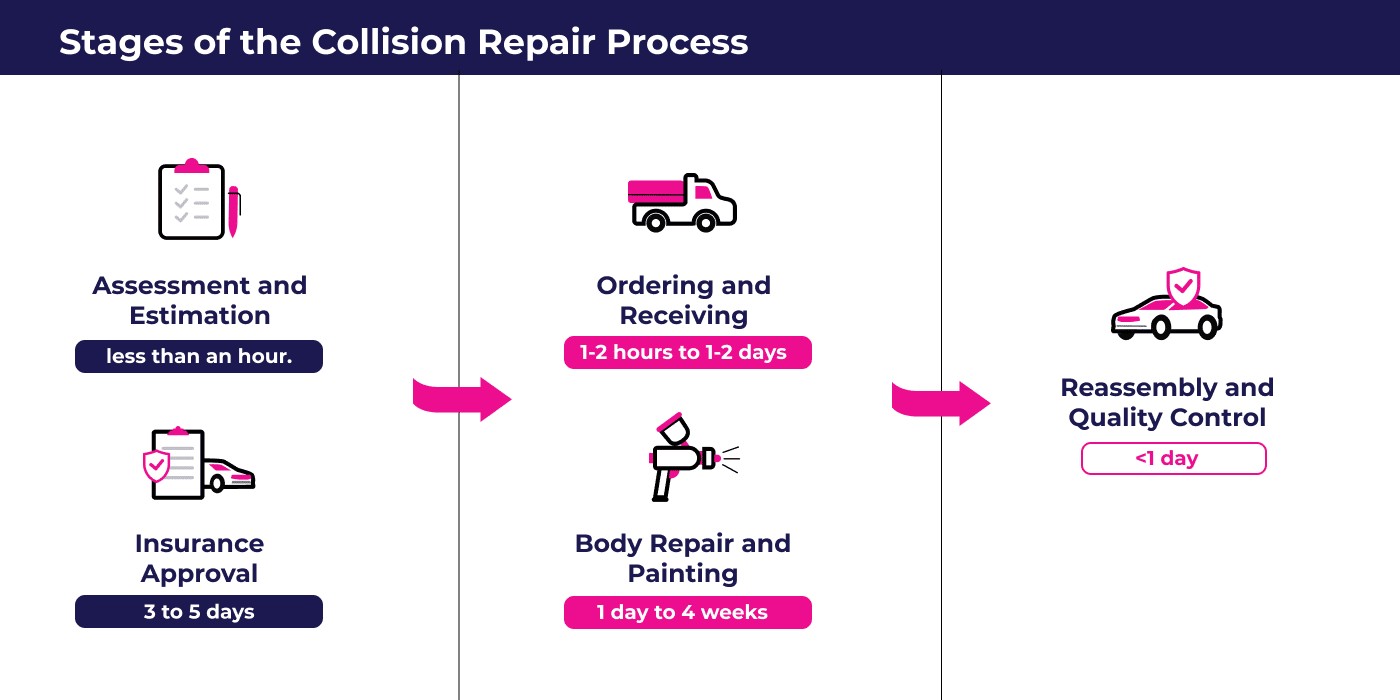
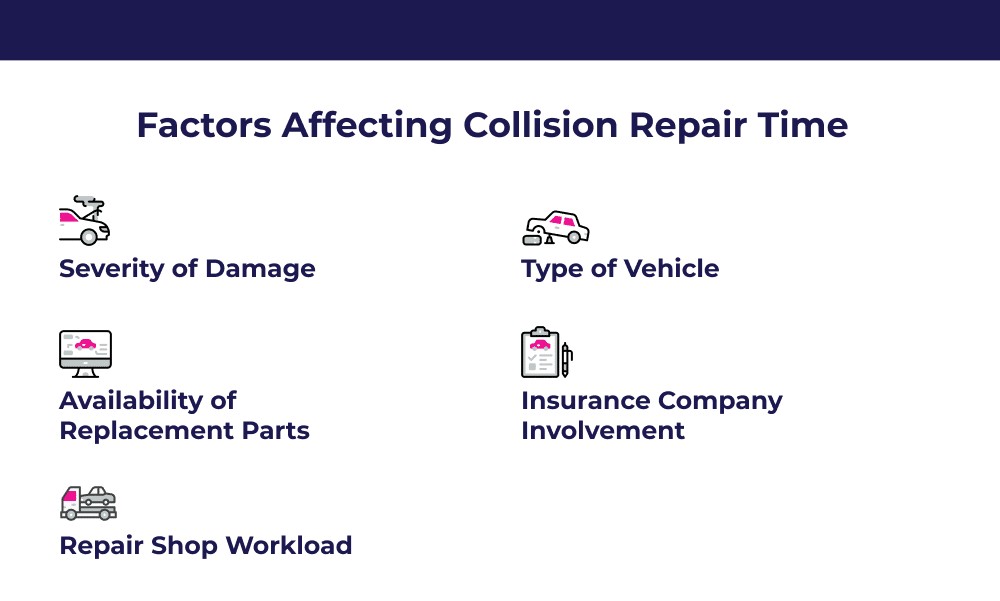
Minor vs. Major Car Collision Repair Timelines
The distinction between minor and major collision repair is crucial in understanding the expected repair duration.
Minor Collision Repair: Quick Fixes
Minor collision repairs typically take 1 to 3 days and address superficial damage that doesn’t impact the vehicle’s structural integrity. These are often cosmetic repairs, such as:
- Small dents: Like those from car doors or shopping carts.
- Scratches: From minor scrapes or tree branches.
- Minor bumper damage: Cosmetic scuffs or slight indentations.
These repairs are generally less labor-intensive and require fewer parts, allowing for quicker turnaround times.
Examples of Minor Collision Damage:
-
Shopping Cart Dent:
-
Tree Branch Scratches:
-
Road Debris Scratches:
Major Collision Repair: Extensive Work Required
Major collision repairs, on the other hand, can extend from 1 to 3 weeks or longer. These involve significant damage affecting the vehicle’s structure, mechanics, or safety systems, including:
- Frame damage: Bends or twists in the car’s frame.
- Mechanical issues: Damage to engine, transmission, or suspension components.
- Airbag deployment: Requiring replacement of airbags and related sensors.
Major repairs demand specialized equipment, skilled technicians, and potentially longer wait times for parts, contributing to a longer overall repair duration.
Examples of Major Collision Damage:
-
Rear-End Collision:
-
Side-Impact (T-Bone) Collision:
-
Parking Lot Pole Collision:
Severe Collision Damage: Lengthy Repair Processes
In cases of severe collision damage, repair times can exceed 3 weeks. This level of damage often involves:
- Extensive frame damage: Requiring significant straightening or replacement.
- Rare parts: Leading to delays in procurement.
- Complex mechanical repairs: Involving intricate engine or system overhauls.
The more extensive the damage, the more time and resources are needed to restore the vehicle to a safe and functional condition.
Examples of Severe Collision Damage:
-
High-Speed Head-On Collision:
-
Rollover Accident:
-
Severe High-Speed Side-Impact Collision:
Understanding the Stages of Car Collision Repair
To better grasp the overall timeline for car repairs, it’s helpful to understand the typical stages involved in the collision repair process.
1. Initial Assessment and Estimate
The repair journey begins with a thorough assessment of the damage. The repair shop will:
- Inspect the vehicle: To identify all visible and potential hidden damage.
- Prepare an estimate: Detailing the necessary repairs, parts, labor, and costs.
- Document damage: Taking photos and completing paperwork for insurance claims.
Timeframe: Estimates can often be provided within a few hours, with some shops offering expedited services for quicker turnaround.
2. Insurance Claim and Approval
If you’re filing an insurance claim, the repair estimate needs to be submitted to your insurance company for review and approval. This stage involves:
- Insurance review: The insurer assesses the damage and estimate to ensure accuracy and coverage.
- Negotiation (if needed): Adjustments to the repair plan or costs may be discussed between the shop and insurer.
- Approval process: The insurance company authorizes the repairs to proceed.
Timeframe: Insurance approval can typically take 3 to 5 business days, depending on the insurer’s processes and the complexity of the claim.
3. Parts Procurement
Once approved, the repair shop will order the necessary replacement parts. The parts ordering stage depends on:
- Parts availability: Common parts are usually readily available, while rare or OEM (Original Equipment Manufacturer) parts may require longer lead times.
- Vehicle make and model: Luxury or specialty vehicles may have more challenging parts sourcing.
- Shipping times: Delivery schedules can vary depending on the part’s origin and the supplier.
Timeframe: Parts procurement can range from a few hours to several days or even weeks for hard-to-find components.
4. Body Repair and Refinishing
This is the core repair stage where the actual restoration work takes place. It includes:
- Structural repairs: Frame straightening, panel replacement, and welding.
- Bodywork: Dent removal, filling, and shaping panels to match the original contours.
- Painting: Applying primer, base coat, and clear coat to match the vehicle’s original paint finish.
Timeframe: Body repair and painting can take 1 day to 4 weeks or more, depending on the severity and complexity of the damage.
5. Reassembly and Quality Control
After the major repairs are completed, the vehicle goes through reassembly and quality checks:
- Reassembly: Installation of trim, moldings, lights, and other components.
- Mechanical checks: Verification of proper functioning of all vehicle systems.
- Quality inspection: Thorough review of the repairs to ensure they meet quality standards and safety requirements.
- Cleaning and detailing: Final cleaning and detailing of the vehicle before delivery.
Timeframe: Reassembly and quality control typically take less than a day to complete.
Key Factors Influencing Car Repair Time
Beyond the type and severity of damage, several other factors can impact “how long does it take to fix a car?”. Understanding these factors can help you anticipate potential delays.
1. Damage Severity: Minor to Extensive
As discussed earlier, the extent of the damage is a primary determinant of repair time. Minor damage leads to quicker repairs, while extensive structural or mechanical damage significantly increases the timeline. The cost also correlates with severity, with minor fixes ranging from $150 to $2,000 and major repairs potentially exceeding $30,000.
2. Parts Availability: Common vs. Rare
The availability of replacement parts plays a crucial role. Common parts for popular vehicle models are generally readily accessible, keeping repair times shorter. However, rare, custom, or OEM parts, especially for luxury or older vehicles, can cause delays due to longer ordering and shipping times. Part costs can range from $100 to over $5,000 depending on rarity and type. Aftermarket parts can be more readily available but may have quality variations compared to OEM parts.
3. Vehicle Type: Common vs. Luxury/Rare
The type of vehicle itself influences repair time. Common vehicles like Toyota, Honda, Ford, and Chevrolet generally have readily available parts and technicians, leading to faster and often more affordable repairs ($500 to $3,000 range). Luxury or rare vehicles such as Mercedes-Benz, BMW, Audi, Lexus, and Tesla require specialized parts and technicians, potentially extending repair times and increasing costs (often exceeding $5,000). Newer vehicles, regardless of brand, may benefit from better parts availability and warranty coverage, potentially streamlining repairs.
4. Insurance Involvement: Claim Process Timeline
Involving insurance adds a layer of process that can affect repair time. While minor repairs under $1,000 are often quicker to handle out-of-pocket, larger repairs necessitate insurance claims. The claim process, including approvals and potential negotiations, can add days or weeks to the overall timeline. Reputable repair shops can assist with insurance claims, helping to expedite the process.
5. Repair Shop Workload: Shop Capacity and Scheduling
The workload of the chosen auto repair shop also impacts scheduling. Busy shops may have longer wait times for appointments and repairs. Choosing a reputable shop is essential, as they typically offer transparent communication, fair pricing, and quality workmanship. While average collision repairs can cost between $1,500 and $5,000, shop workload and repair complexity influence the final timeline.
Conclusion: Patience and Communication are Key
So, “how long does it take to fix a car?” As you now understand, the answer is multifaceted and depends on numerous factors. Repair times can range from a single day to several weeks, influenced by damage severity, parts availability, vehicle type, insurance processes, and the repair shop’s schedule.
While waiting for your car to be repaired can be inconvenient, understanding the process and potential influencing factors can help manage expectations. Choosing a reputable auto repair service is crucial. They should maintain open communication throughout the repair process, providing updates and addressing any concerns. Patience and clear communication are key to navigating car repairs and ensuring a satisfactory outcome.
Average Car Repair Time FAQs
What Transportation Options are Available While My Car is in the Shop?
Losing access to your vehicle during repairs can disrupt your routine. Explore transportation options such as:
- Rental car coverage: Check if your insurance policy includes rental car benefits.
- Repair shop loaner vehicles: Some shops offer loaner cars for customer convenience.
- Public transportation or rideshares: Consider these options for shorter repair durations.
- Courtesy pickup and drop-off: Some repair shops offer vehicle pickup and delivery services.
Is There a Warranty on Auto Body Repairs?
Reputable auto body shops typically offer warranties on their repair work. Inquire about the warranty coverage, duration, and what it includes before proceeding with repairs. Warranties provide peace of mind and assurance of quality workmanship.
Front-End vs. Rear-End Collision Repair Times: What’s the Difference?
While specific repair times vary, rear-end collision repairs are often quicker and less expensive than front-end repairs. The front of a vehicle typically houses more complex components like the engine, radiator, and grill, which can lead to more extensive damage and longer repair times in front-end collisions.
When is a Car Considered a Total Loss?
A car is typically declared a total loss when the cost of repairs exceeds its market value or a significant percentage of its value (often around 70-75%). In such cases, insurance companies may deem it uneconomical to repair the vehicle and offer a settlement based on its pre-accident value.
What Should I Do if Repairs are Taking Longer Than Estimated?
If your car repairs are significantly exceeding the initial estimate, communicate with your repair shop. Inquire about the reasons for the delay, which could include unforeseen damage, parts procurement issues, or insurance claim complexities. Open communication can help resolve misunderstandings and ensure a smoother repair process.
How Much Does Car Collision Repair Typically Cost?
Car collision repair costs vary widely based on the factors discussed throughout this article, including damage severity, vehicle type, and parts needed. Average costs can range from a few hundred dollars for minor repairs to several thousands for major collision damage. Obtaining a free and detailed estimate from a reputable repair shop is crucial for understanding potential costs.